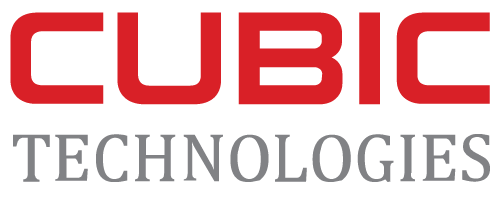H-1B Work Visas & Worldwide Education
How the H-1B Visa Program has Influenced Education in Tech Worldwide
International students from all over the world come to the US every year. All in hope, to get a step ahead of the competition to have a greater opportunity at earning a shot and being one of the few selected for the H-1B Visa work program. The US started the program back in 1990 and is current control by the USICS. Over the last few years, the USICS Visa program has been sought out more and more, as a way for foreigners students/workers to live the American dream and work in US soil for up to six years.
Ideally, foreign students receive a degree from a higher education accredited university, work for several years through the H-1B Visa lottery program. However, only a few selected are eligible for this slim chance at American soil. Silicon Valley and big tech companies understand the importance of having a dynamic program like the H-1B Visa, as many of their entry-level positions have been filled with foreign specialized tech workers. International workers and students alike, have reported that they are motivated to study in the US, network, and be top 10% in their class. But, international students and H-1B workers aren’t the only ones benefiting, the US economy and American workers are better off by adding over 400 million USD a year in productivity benefits from the H-1B Visa program according to the New research from the Center for Global Development.
H1-B Visa Holders & Shift in Education
Asian-born nationals workers make up more than 75% of all current H-1B Visa holders. Since the start of the H-1B visa program in 1990, the purpose was to assist American companies to find the right staff in growing specialized fields like tech, research engineering, and computer software development. So far, the H-1B visa program has been a major influence in the mass shift of international students focusing on computer science and engineering education programs. The tech industry boom of the ’90s and 2000’s with the combination of H-1B Visa programs, has led to the growth and expansion of educational programs that focus on computer science and technology. Countries worldwide have taken noticed and have begun investing time and resources towards these highly demanded specialized fields. This demand for professions has led educational programs all over the world to have a major shift and focus on computer science/tech programs. Now, we find companies specializing in helping students become tech field-specific experts to post-grad programs with certificates. All aimed at developing the right skills to get the chance of getting a career opportunity in the US. But let’s be clear, a chance at working in US soil is not the only objective, many of these international students see these fields a way out of poverty. Salaries, the experience of working with US-based companies, and highly specialized skills are all benefits that are part of the H-1B visa program. In 2016 alone, more than 236,000 petitions were presented to the USCIS by US companies in need of hiring staff for their vacancies. https://www.uscis.gov/archive/archive-news/uscis-completes-h-1b-cap-random-selection-process-fy-2017
Overall Postive Impact
While there are some drawbacks to the impact the H-1B visa program has created, the positive economic impact both at the macro and micro level are impacts that outweigh the negatives. Over recent years the interest of computer science fields by native US-born students has decreased. Many US-based companies have realized this effect. In contrast, this has opened the demand of more and more foreign workers to fill these open positions. However, many US-Native born students have shifted their interest to better-paid positions. In short, the never-ending interest of international students seeking to specialize in these computer science fields has caused a positive effect on native-born Americans, leading them to seek out higher-paying managerial opportunities in the workforce.
Azeem Marediya

